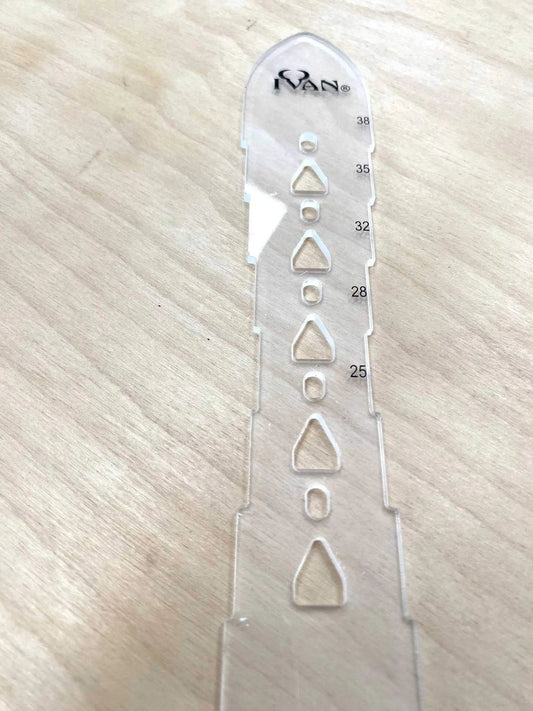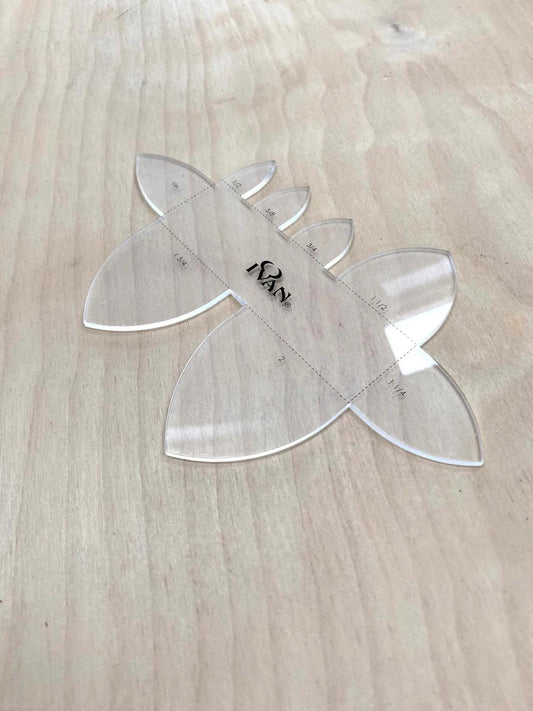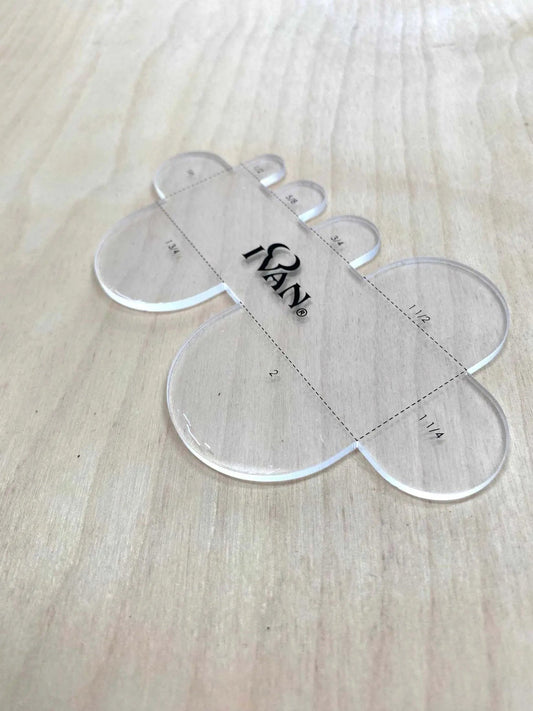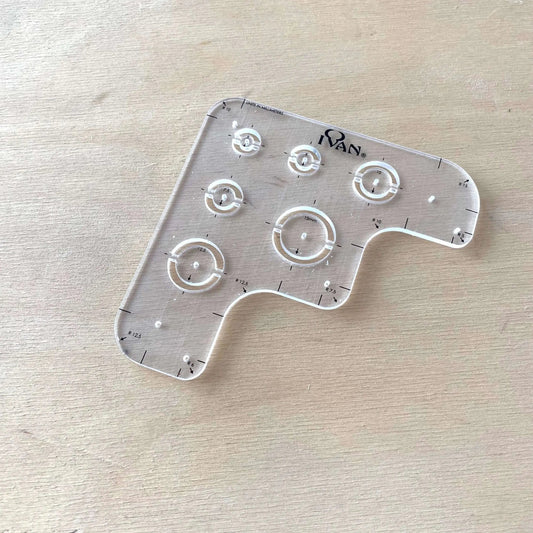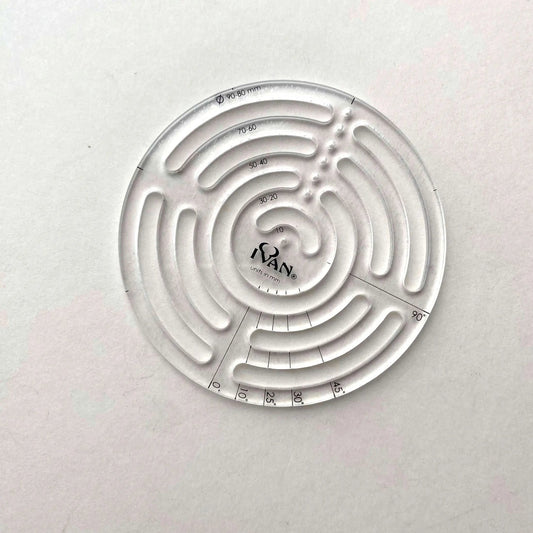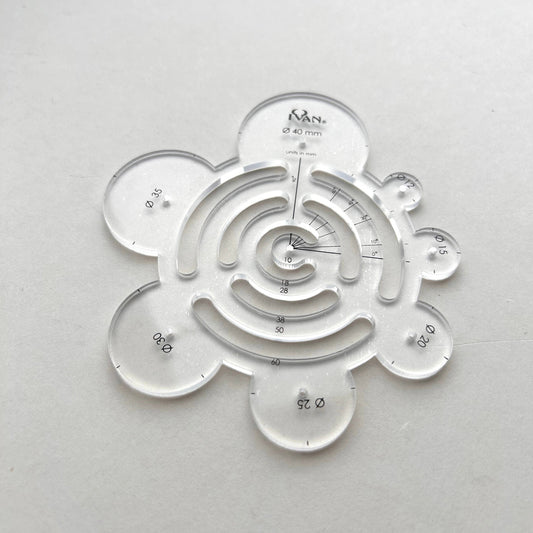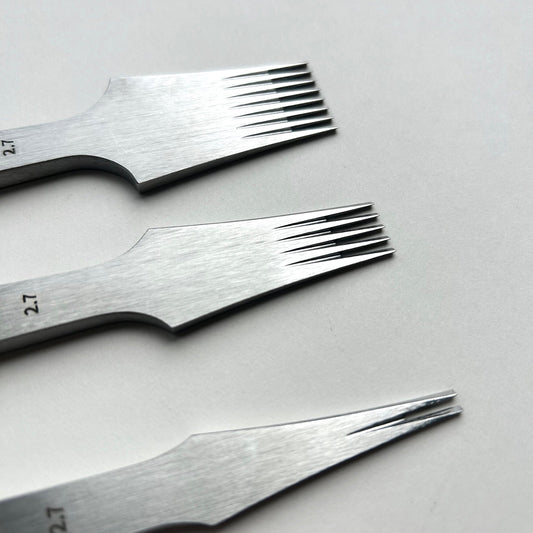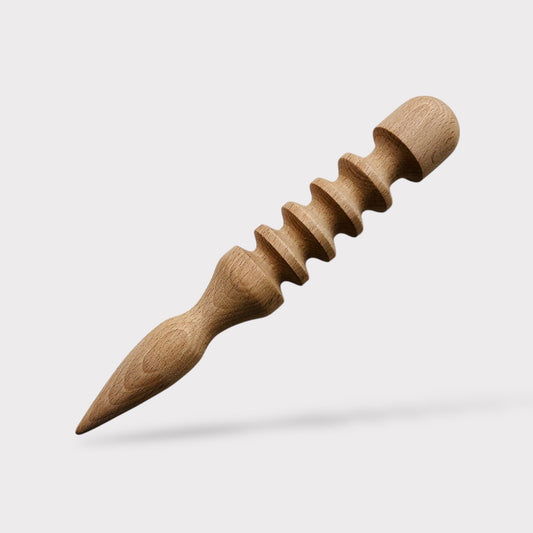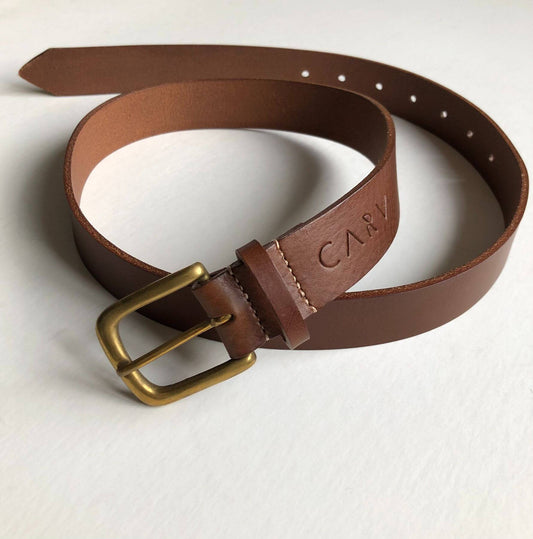-
Belt Hole Positioning Template (Acrylic)
Regular price £9.50 GBPRegular priceUnit price per -
Leather Belt End Template - Pointed Multi-Strap End (Acrylic)
Regular price £12.50 GBPRegular priceUnit price per -
Leather Belt End Template - Round Multi-Strap (Acrylic)
Regular price £9.95 GBPRegular priceUnit price per -
Leather Corner Radius Template (Acrylic)
Regular price £9.50 GBPRegular priceUnit price per -
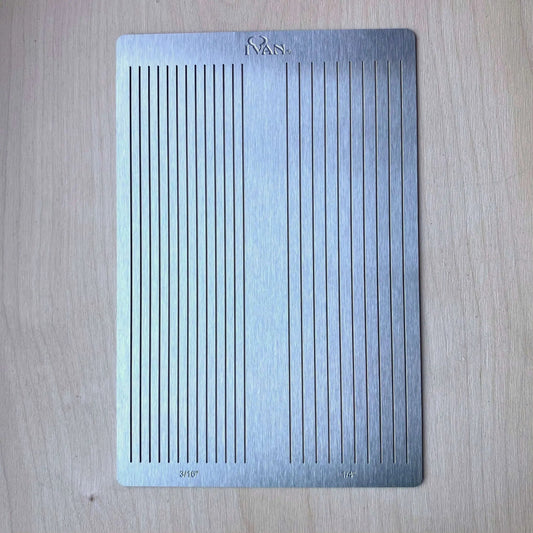 Sold out
Sold outLeather Fringe Cutting Template
Regular price £14.50 GBPRegular priceUnit price per -
Leather Corner Radius Template Circular (Acrylic)
Regular price £9.50 GBPRegular priceUnit price per -
Leather Corner Radius and Belt End Template (Acrylic)
Regular price £9.50 GBPRegular priceUnit price per
Collapsible content
Master the Art of Leather Belt Making with Templates
Crafting a leather belt is more than just piecing together strips of leather; it’s an art form steeped in precision, tradition, and creativity. For leather crafters, artisans, and DIY enthusiasts, creating a belt that is durable, stylish, and perfectly sized demands a blend of skill and the right tools. One often-overlooked tool is the humble template, which holds the key to consistency and excellence in your craft.
This guide will show you how to use templates effectively to refine your leather belt-making process. Whether you’re a seasoned artisan or a beginner eager to try your hand at a new craft, this blog will explore everything you need to know about mastering leather templates, from why they’re essential to step-by-step instructions on using them.
Why Use Templates in Leather Belt Making?
Leather crafting has a storied heritage, admired for its focus on painstaking attention to detail. In this respect, templates are invaluable for artisans who want to uphold this heritage while introducing efficiency to their workflow. Here’s why templates should never be overlooked:
Precision and Consistency
Every handcrafted leather belt deserves to be a masterpiece. Templates ensure precise measurements, consistent designs, and symmetrical cuts every time, ensuring that even complex patterns are executed flawlessly.
Efficiency in Craftsmanship
Using a template saves you time. Instead of measuring and marking lengthy strands of leather by hand repeatedly, templates streamline the process, so you can focus on adding those intricate finishing touches.
Creative Exploration
Templates aren’t just about precision—they also foster creativity. Pre-designed templates provide the framework for exploring new shapes and styles, allowing artisans to elevate simple belts into striking works of art that feature designs like scalloped edges, punched details, or unusual patterns.
Professional Results for Every Crafter
For beginners, templates take the guesswork out of belt-making. They offer a structured starting point, making this traditional craft less daunting while delivering professional-level results.
How to Use Templates for Leather Belt Making
Now that we’ve established the significance of templates, it’s time to guide you through their application. Below are step-by-step instructions to help you craft leather belts that celebrate elegance, durability, and heritage.
Step 1: Select the Right Template
Your choice of template depends on the style of belt you aim to create. Templates come in a variety of designs, including classic straight-edged belts, scalloped styles, and decorative hole-punch patterns. Both stencil-style templates and acrylic templates are widely available.
For example:
- Classic Templates – Ideal for standard belts with a clean, timeless look.
- Decorative Edge Templates – Perfect for adding gentle curves or waves to elevate your belt's design.
- Custom Hole Patterns – Carve designs into the leather using hole templates for added texture and flair.
Opt for high-quality templates made of sturdy materials like acrylic or packed cardboard, as they’ll withstand repeated use and offer more precise guidance.
Step 2: Cut Your Leather
Before the template comes into play, carefully choose and prepare your leather. Thick, vegetable-tanned leather is a common choice for belts because of its durability and ability to age gracefully over time. Once your leather is ready:
- Measure the belt length based on the wearer’s waist size. Add an allowance for the buckle and holes.
- Use the template to outline the belt's main shape onto the leather with an awl or silver marking pen for accuracy.
Step 3: Punch the Holes and Make the Buckle Slots
Holes and buckle slots are small details that can make a big impact on the functionality and aesthetic of your finished belt. Use a hole-punching or slot-cutting template to ensure every hole is perfectly aligned and evenly spaced.
- Align the template with the leather strip. Ensure it’s centered and securely aligned.
- Use a leather hole punch or knife to carve holes based on the markings on your template.
Pro Tip: Many templates include markers for adjusting hole placements for different waist sizes. This feature makes them even more versatile and practical for custom projects.
Step 4: Burnish the Edges
Templates won’t handle edge finishing, but they’ll ensure smooth and symmetrical contours, making burnishing a seamless task. After cutting and shaping your belt:
- Use sandpaper to refine the edges of the leather.
- Apply an edge burnishing solution or beeswax to achieve a polished, professional look.
This step enhances the belt’s tactile appeal, ensuring it matches the quality of high-end handcrafted goods.
Step 5: Add Custom Embellishments
Templates don’t have to limit your creativity. Use them as a foundation to incorporate embossing, stitching, or layered leather accents. For example:
- Embossing patterns can be aligned with the cleaned edges created using your template.
- Stitching guides typically come as add-ons in many template kits, enabling even stitching throughout the design.
Step 6: Assemble the Belt
Finally, connect the buckle using sturdy rivets, Chicago screws, or stitching, depending on the belt style and your craftsmanship preferences. Ensure each component holds securely while maintaining a polished design aesthetic.
Traditions Rooted in Modern Craft
Leather belt making is a proud craft that bridges history and modern aesthetics. Throughout this guide, we’ve explored how templates introduce structure, freedom, and creativity to crafters of all skill levels without compromising the heritage of artisan leatherworking.
Whether you're crafting for yourself, a customer, or a loved one, templates ensure that the finished product will measure up to the elegance one expects from handcrafted leather goods.
Discover the satisfaction of creating your own leather belt and bring your craft to life with the help of templates.

